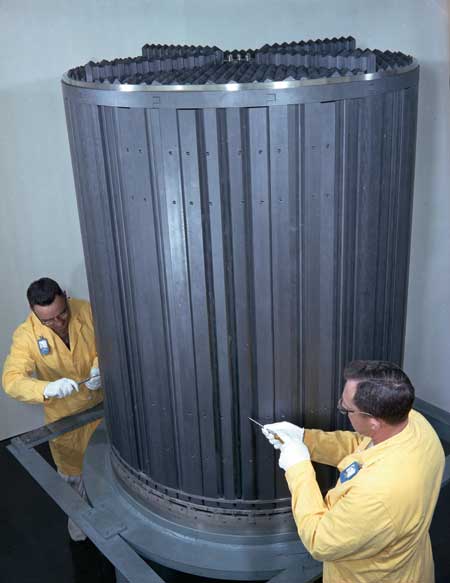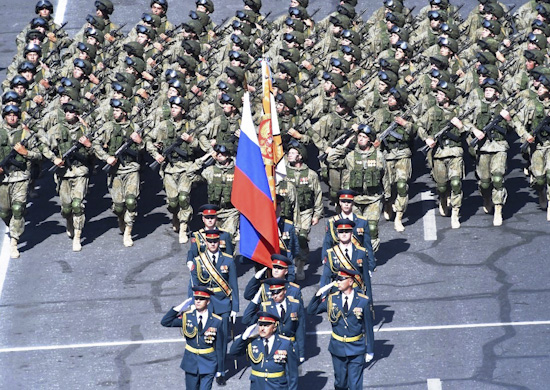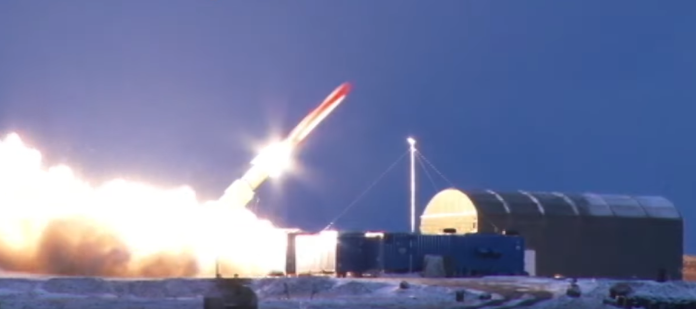
Could one missile wipe out an American state? That is what Russian State Duma deputy Andrey Gurulyov says about Moscow’s nuclear-powered Burevestnik cruise missile. His comments, aired on state media, were more than just a piece of bluster; they were part of a larger narrative to show off the most contentious strategic armament Russia possesses. The Burevestnik, otherwise called SSC-X-9 Skyfall by NATO, has been in development for more than ten years and hailed by the Kremlin as having a virtually unlimited range, able to bypass any missile defense.
This recent test sets up a debate among defense analysts on its operational viability, strategic purpose, and geopolitical implications associated with such a weapon. From claims of technological capability to test performance, from its position within the pantheon of Russian deterrence strategy to minute details on why this missile has become the flashpoint of U.S.-Russia security tensions, here are the most critical aspects of the Burevestnik program.

1. Unlimited Range Through Nuclear Propulsion
But most uniquely, the Burevestnik has an onboard nuclear reactor that is theoretically intended to grant it an intercontinental range of 10,000-20,000 kilometers, placing it well within range of launching from anywhere in Russia to strike into the continental United States, as noted by the Military Industrial Courier. While conventionally powered cruise missiles have to balance fuel load against altitude and efficiency, the Burevestnik is able to sustain long stretches of low-altitude flight to minimize radar detection.
In one recent test, the missile reportedly flew 8,700 miles over 15 hours, according to Gen. Valery Gerasimov-apparently not at full capability. The concept of nuclear propulsion is part of a number of experiments, such as Project Pluto, conducted by the U.S. during the Cold War era and shelved because of safety concerns. The promise of sustained, low-level maneuvering presents a daunting challenge to the missile defense architectures.

2. Poor Test Record and Safety Risks
Yet despite the Kremlin’s announcements of breakthroughs, a series of failures has marked the development of the Burevestnik, and of at least 13 known tests, only two had been partial successes before the latest trial. A 2019 accident in Nenoksa killed five nuclear scientists and released radioactive fallout over the Arkhangelsk region in a stark reminder of the inherent risks of a mobile nuclear reactor.
Western experts dubbed it a “flying Chernobyl” because of the perceived capability of contaminating everything along its flight path. It would, in operational service, irradiate the territory over which it flies-including, potentially, Russian soil-which is an odd choice for anything other than a desperate second-strike scenario.

3. Designed to Evade Missile Defenses
Its profile gives it the capability to fly very low-hugging the ground, to exploit limits in the radar horizon. A target in this way would be within the viewable range of any usual surface-based radar for not more than 40 km hence, leaving only minutes to react. Besides, it can also fly on unpredictable routes and loiter mid-air. As the Russians say, this missile would be able to bypass the U.S. Golden Dome initiative aimed at protecting the homeland against great-power missile threats. Analysts underscore that such capability has not been demonstrated and several prior Russian hypersonic and cruise systems underperformed against advanced defenses such as Patriot and SAMP/T batteries.

4. Strategic Messaging to the United States
Finally, in touting the capabilities of Burevestnik, Putin does have a political message: at least, Moscow seeks to undermine overconfidence in deterrence-by-denial strategies on the part of the U.S. in terms of showcasing a theoretical ability impervious to missile defenses. This fits within the larger history of Russian opposition to American missile defense programs, stretching back to the U.S. withdrawal from the ABM Treaty in 2002. The timing of the test came amid U.S. discussions of transferring long-range Tomahawk missiles to Ukraine, thus pointing toward an intended warning from the Kremlin against perceived escalatory moves.

5. Limited War-Fighting Utility
While its range on paper and possible avoidance of detection are impressive, the role such a weapon could realistically play on the battlefield is narrow. Analysts at US Army War College assessed in several ways that the Burevestnik, due to its radiation trail and six-hour flight time, would be particularly poorly suited for first strikes or escalation management. Principal utility in countervalue second-strike missions puts a premium on maximum destruction and psychological impact rather than operational flexibility. More practical precision strike options for Russia in the regional conflict framework, however, would be the Tsirkon or the Avangard.

6. Comparisons with Existing U.S. Capabilities
The novelty of nuclear propulsion per se does not change the balance of power: the U.S. nuclear triad already provides a credible second-strike capability with ballistic missile submarines, ICBMs, and strategic bombers. As former U.S. President Donald Trump himself outlined, “We have a nuclear submarine, the greatest in the world, right off their shores.” Range per se does not confer strategic advantage. Traditional delivery systems are in many ways more reliable, survivable, and less politically provocative than a nuclear-powered cruise missile.

7. Technical Issues of Miniaturized Reactors
Skeptics such as Pavel Luzin from Tufts University believe that from an engineering point of view, there may be a physical limit to how small one can make the reactor yet keep it powerful enough for a cruise missile. For example, most historic nuclear satellites reactors weighed about one metric tonne, well beyond the weight limits for missile engines. Even with advanced modern materials, obtaining the required power-to-weight ratio without excessive generation of heat is an intricate task of engineering. Past experimental reactors for aircraft in the 1950s and 60s were the size of railway carriages, illustrating the scale problem which Russia must overcome if it is to make the Burevestnik truly operational.

8. Deployment Infrastructure and Launch Sites
Satellite images analyzed by Reuters in 2024 showed nine horizontal launch pads-all in various states of construction-at a site 475 km north of Moscow believed to be a Burevestnik deployment facility. Other test sites associated with the program include Kapustin Yar, Nenoksa, and Pankovo, each at various stages of development. Investment in infrastructure on such a scale tends to suggest that a state is invested in seeking to move toward a state of operational readiness. The weapon has yet to be fielded but is expected to remain central to the deterrence posture based on an ability to base the missile deep within Russian territory while still threatening targets at distance.

9. Arms Control Implications
Because the Burevestnik does not meet New START’s formal definition of a strategic offensive weapon, it would fall completely outside of the accord’s limits-even if nuclear-armed. This could provide Russia with a loophole to grow its arsenal without violating existing agreements. U.S. negotiators are likely to press for its inclusion in any future arms control framework, viewing such systems as inherently destabilizing.
Moscow might instead consider the missile as a bargaining chip, using its uniqueness as leverage in broader strategic talks. What the Burevestnik promises, with its nuclear propulsion, phenomenal range, and capability for evasion, is a powerful symbol of Russian strategic ambition-even as its operational value remains uncertain. To defense analysts, this missile is less about revolutionizing warfare and more about an instrument of geopolitical signaling, calculated to force the United States and NATO to weigh both technical realities and political intent in their strategic calculus.


